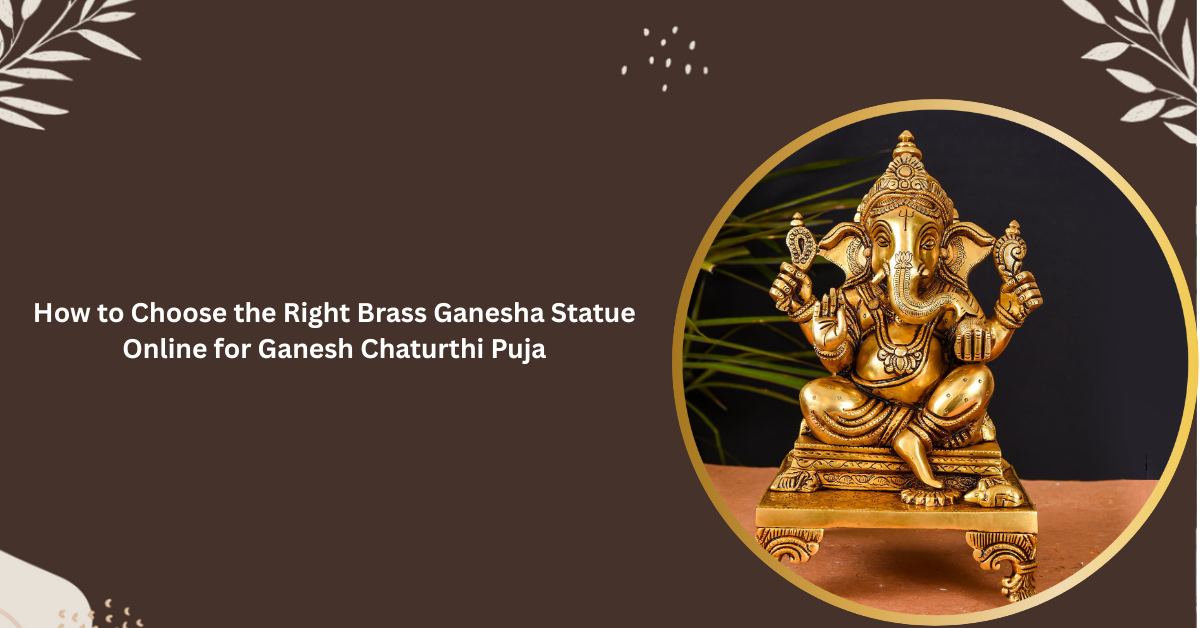

10 Surprising Facts About Kamakhya Temple
, by javed techqart, 9 min reading time
Kamakhya Temple is one of the most respected Hindu temples located atop the Nilachal Hill in Guwahati, Assam, India. It is a prominent symbol of the region's rich cultural heritage and religious enthusiasm. The temple is dedicated to Goddess Kamakhya, also known as the Bleeding Goddess or the menstruating goddess, and it attracts thousands of devotees and tourists from all over the world each year.
In Hindu culture, the Kamakhya Temple holds immense importance due to its association with Goddess Kamakhya, who is believed to embody Shakti, the divine feminine energy. Hindu mythology considers Shakti as the primal source of creation and power. The temple is considered one of the Shakti Peethas. In these sacred sites, body parts of the goddess Sati, consort of Lord Shiva, are said to have fallen when Lord Shiva danced the cosmic dance of destruction known as Tandava after Sati's self-immolation.
1. Unique Location
Kamakhya Temple is nestled atop the picturesque Nilachal Hill, providing visitors with breathtaking panoramic views of the surrounding landscape. The temple's location adds to its allure, making it a religious destination and a scenic spot for tourists and pilgrims alike.
The temple's location amidst lush greenery and serene surroundings enhances the spiritual experience of devotees who visit the sacred site. The natural beauty surrounding the temple adds to its mystique and charm, attracting people seeking solace and spiritual enlightenment.
2. Mysterious Menstruating Goddess
One of the most intriguing aspects of Kamakhya Temple is the unusual ritual associated with the menstruating goddess. During the annual Ambubachi Mela, the temple remains closed for three days as it is believed that Goddess Kamakhya undergoes her menstrual cycle during this time. The temple reopens on the fourth day, and devotees gather to receive the goddess's blessings and prasad (holy offerings).
The menstruating goddess symbolizes the power of fertility and creation in Hindu mythology. Her menstrual blood is considered sacred and is believed to possess divine healing properties. Devotees from far and wide come to seek her blessings, especially women seeking fertility or relief from menstrual-related issues. The ritual surrounding the menstruating goddess underscores the deep-rooted connection between the divine and the natural cycles of life.
3. Absence of an Idol
Unlike most Hindu temples where idols of deities are worshipped, Kamakhya Temple stands out due to the absence of a conventional idol. Instead, the temple's main deity is worshipped as the yoni, which symbolizes the female reproductive organ. This absence of a traditional idol makes Kamakhya Temple unique and distinct from other Hindu temples.
The yoni, representing the divine feminine energy, is the focal point of devotion and worship at Kamakhya Temple. It is respected as the source of creation and the embodiment of Goddess Kamakhya's power. Devotees offer prayers and rituals to the yoni seeking blessings for fertility, prosperity, and protection. The worship of the yoni highlights the significance of femininity and the divine aspects of creation in Hindu spirituality.
4. Tantric Practices
Kamakhya Temple is deeply rooted in tantric traditions, emphasizing exploring and harnessing divine energy through rituals and practices. Tantric principles play a significant role in the worship and rituals performed at the temple, where devotees seek spiritual enlightenment and divine blessings.
Tantric priests, known as 'Ojhas' or 'Maithuns,' conduct various rituals and ceremonies at Kamakhya Temple, invoking the power of Goddess Kamakhya. These rituals often involve chanting mantras, offering flowers, incense, and other sacred items, and performing symbolic gestures. Tantric practices aim to awaken the dormant energies within individuals and connect them with the divine presence of the goddess.
5. Ambubachi Mela
The Ambubachi Mela is an annual festival celebrated at Kamakhya Temple, marking the menstruation period of Goddess Kamakhya. During this three-day festival, the temple remains closed as the goddess is believed to undergo her menstrual cycle. Devotees and pilgrims from various parts of the country gather to participate in the festival and seek blessings from the goddess.
The Ambubachi Mela is a significant event that draws many pilgrims and devotees to Kamakhya Temple. People from diverse backgrounds and communities come together to pay homage to the goddess and partake in religious rituals and festivities. The festival fosters a sense of unity and spiritual fervor among the devotees, reaffirming their faith in the divine power of Goddess Kamakhya.
6. Connection to Shakti Peethas
Kamakhya Temple is one of the 51 Shakti Peethas, sacred sites scattered across the Indian subcontinent where body parts of the goddess Sati are believed to have fallen. Each Shakti Peetha is associated with a specific part of Sati's body, symbolizing the cosmic energy of the goddess. Kamakhya Temple is regarded as the place where Sati's yoni (reproductive organ) fell, making it a significant pilgrimage destination for devotees seeking blessings and divine intervention.
According to Hindu mythology, the origin of the Shakti Peethas is linked to the tale of Lord Shiva and his consort, Sati. The story goes that when Sati sacrificed herself in the fire of her father's yajna (sacrificial ritual) due to her father's disrespect towards Lord Shiva, Shiva carried her burnt body across the universe, causing Vishnu to dismember it with his Sudarshan Chakra. The places where Sati's body parts fell became the sacred Shakti Peethas. The origin story of the Kamakhya Temple is deeply intertwined with these ancient myths, emphasizing its divine significance in Hindu theology.
7. Architectural Marvel
Kamakhya Temple is renowned for its distinctive architectural style, which reflects a harmonious blend of ancient and modern influences. The temple's structure showcases intricate carvings, sculptural details, and traditional Assamese architectural elements that date back centuries. Despite several renovations and modifications over the years, the temple has managed to preserve its historical and cultural significance, making it a remarkable architectural marvel.
The architectural design of Kamakhya Temple is characterized by its distinctive shikhara (spire), mandapas (pillared halls), and intricate patterns adorning its walls and ceilings. The temple complex comprises multiple shrines, pavilions, and courtyards, each showcasing unique design elements and artistic craftsmanship. Using locally sourced materials, such as stone, wood, and terracotta, adds to the temple's charm and allure, reflecting the rich cultural heritage of Assam.
8. Sacred Ponds and Wells
Kamakhya Temple is adorned with sacred ponds and wells scattered throughout its premises. These water bodies hold significant religious and spiritual importance for devotees and visitors. The temple complex houses several ponds and wells, each with its own unique legend and significance. These ponds and wells are often adorned with intricate carvings and architectural features, adding to the temple's divine aura.
The sacred ponds and wells at Kamakhya Temple are believed to possess divine powers and are respected by devotees for their purifying properties. It is customary for pilgrims to perform ritualistic ablutions and offer prayers near these water bodies as a form of spiritual cleansing and purification. The holy waters are also used in various religious ceremonies and rituals conducted within the temple precincts, symbolizing the flow of divine energy and blessings.
9. Animal Sacrifices
Historically, Kamakhya Temple has been associated with the controversial practice of animal sacrifices, particularly during certain rituals and festivals. Devotees would offer sacrifices of animals, such as goats and pigeons, as part of their religious offerings to the goddess. Although deeply rooted in tradition, this practice has been a subject of ethical and moral debate, drawing criticism from animal rights activists and modern-day observers.
In recent years, there has been a noticeable shift in beliefs and attitudes towards animal sacrifices at Kamakhya Temple. With increasing awareness about animal welfare and ethical considerations, many devotees and temple authorities have started reevaluating this practice's relevance and necessity. Efforts have been made to promote alternative offerings and rituals that align with contemporary values while still honoring the traditions and cultural heritage of the temple.
10. Mystical Caves and Tunnels
Beneath the sacred grounds of Kamakhya Temple lie mystical caves and tunnels shrouded in mystery and intrigue. These underground passages are believed to hold ancient secrets and hidden chambers that date back to the temple's inception. The labyrinthine network of caves adds to the temple's enigmatic aura, attracting curious visitors and spiritual seekers from far and wide.
Legends and speculations abound regarding the purpose and significance of the mystical caves and tunnels beneath Kamakhya Temple. Some believe these underground chambers served as sacred sanctuaries for meditation and spiritual contemplation by ancient sages and mystics. Others speculate about the existence of hidden treasures and relics concealed within the depths of the temple complex. These legends continue to fuel the imagination and curiosity of those intrigued by the temple's rich history and mystical allure.
The Kamakhya Temple is a testament to India's rich cultural and religious heritage, captivating devotees and visitors with its spiritual aura and mystical allure. From its unique worship of the yoni to its association with the Shakti Peethas, the temple has divine feminine energy and symbolizes the eternal cycle of creation and destruction. As believers and scholars continue to unravel the myths and legends surrounding Kamakhya Temple, it remains a source of inspiration for millions, fostering a deep spiritual connection and devotion among devotees from all walks of life. Kamakhya Temple serves as a beacon of faith and spirituality, inviting seekers to delve into its mysteries and discover the eternal truths that lie at the heart of Hindu culture and tradition.
Tags
Blog posts




